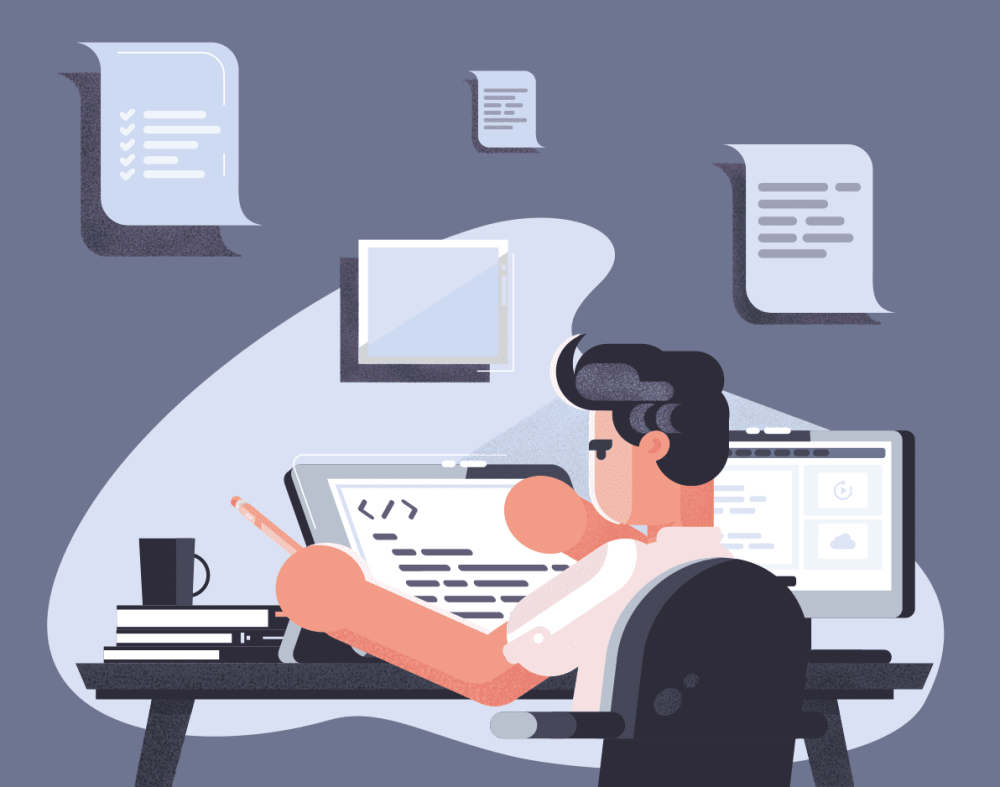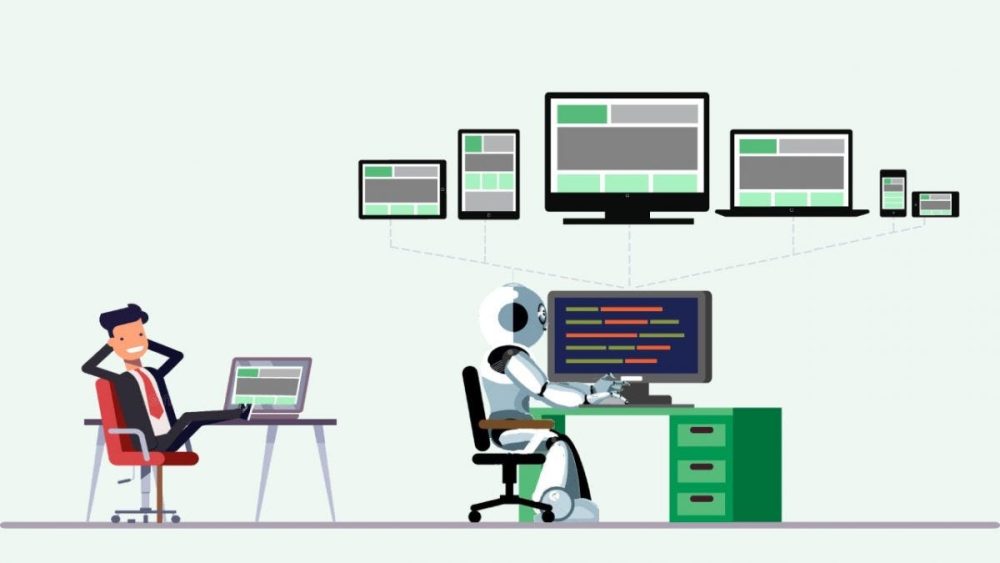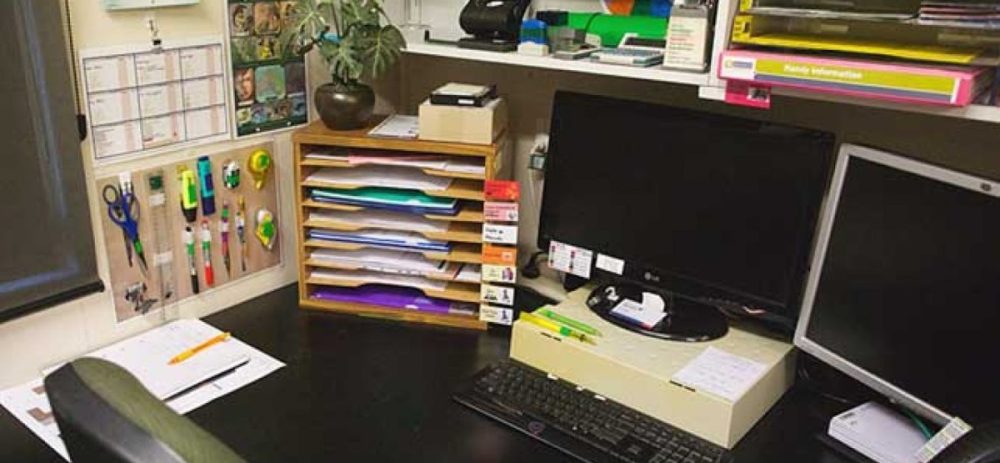Software testing has long outgrown the confines of office walls. With the transition to a remote format, the industry has seen a 30% increase in productivity, according to Statista data for 2023. The remote format does not forgive chaos. The rules of effective remote work transform disparate tasks into a well-thought-out algorithm of actions, ensuring stable results and clear control over all stages of testing. Let’s talk about them in more detail.
1. Defining Clear Boundaries: Home vs Work
The problem of “blurred boundaries” destroys focus faster than any external distractions. Organizing a workspace in a home office becomes a key factor. Clear zoning helps to cut off household routine and focus attention on tasks. Practice shows that a dedicated workspace increases remote productivity by 25%.

Testing engineers often use the 2-monitor rule. The first one for test cases and documentation, the second one for execution environment. This solution minimizes context switching, saving up to 15% of daily work time.
2. Goal Optimization
Large tasks demotivate. Efficiency increases when breaking down extensive tests into micro-tasks. This method allows maintaining high execution speed and preserving quality. Jira and Trello actively apply sprint function to track progress, enhancing control over software testing.
3. Clear Schedule
Time management in remote work is discipline, not a wish. Creating a rigid schedule tied to priority tasks forms the framework of a productive day. The Pomodoro technique helps maintain concentration: 25 minutes of work and 5 minutes of rest minimize procrastination and sustain high motivation.
4. Automation Tools
Testing engineers actively use automation. Selenium, TestRail, and Postman reduce the load on manual testing by 40–60%. These tools turn routine checks into background processes, allowing focus on more complex tasks. The rules of effective remote work require incorporating such solutions into every stage of the analysis cycle.
Top Tools for Productive Home Activity
Working from home is becoming increasingly popular, leading to a demand for efficient tools. They enable staying productive outside the office. To maintain pace, it is important to use solutions that automate routine tasks, improve team collaboration, and allow progress monitoring.
A selection of proven services that help handle daily tasks faster and easier:
- Selenium — browser testing automation, reducing regression test time by 50%.
- TestRail — centralized test case management, saving 30% of documentation time.
- Postman — API request testing, instant error detection at early stages.
- Slack and Microsoft Teams — communication synchronization and notifications without losing context.
- Toggl Track — precise time tracking, identifying bottlenecks in the process.
- Jira — sprint organization and task management with full progress visibility.
- VS Code + Live Share — real-time code editing and debugging collaboration.
These tools form a strong digital ecosystem where each element enhances the overall result. Using them in combination maximizes the potential of remote work.
5. Combating Procrastination
A clear schedule and task breakdown help neutralize its effects. Harvard Business Review studies show that transparent planning reduces the likelihood of task postponement by 70%. The rules of effective remote work include setting “hard deadlines” and regular checklist reviews to block procrastination at the start.
6. Motivation and Self-Discipline
Self-organization is formed through regular rituals. Daily reports record achievements, cultivate a habit of task completion. The rules of effective remote work suggest implementing brief self-analysis sessions. Such as: documenting achieved goals and identifying gaps strengthen motivation and reduce the risk of burnout.
7. Distraction-Free Communication
The remote format removes personal contact but increases the importance of structured communication. Task-specific Slack channels, daily stand-ups, and weekly demo sessions create a transparent environment. This approach reduces the likelihood of misunderstandings by 80% and enhances team collaboration efficiency. The rules of effective remote work emphasize the importance of regular feedback to build productive communication.
8. Nutrition and Physical Activity
Regular nutrition directly affects brain activity. Mayo Clinic research confirms that a light lunch without excess carbohydrates increases concentration by 35% for three hours after eating. Simple stretching exercises every two hours reduce fatigue levels by 20%, preventing stagnant processes.
9. Knowledge Update
A testing engineer must constantly expand their knowledge arsenal. Courses on new analysis methodologies, participation in online hackathons, and reading specialized blogs help maintain leadership positions. The rules of effective remote work include mandatory time planning for learning at least twice a week, enhancing the specialist’s overall competitiveness.

10. Systematization and Growth
At the end of each testing cycle, it is important not only to complete tasks but also to conduct a deep analysis. Compiling reports with specific figures, identifying bottlenecks, and documenting successful solutions allow building a sustainable improvement system. The rules emphasize the need for formalized feedback, which records successes and helps avoid repeating mistakes.
Rules of Effective Remote Work: Conclusions
Clear structure, discipline, using the right tools, and attention to detail turn the remote format from a temporary measure into a constant source of growth. The rules of effective remote work not only ensure stability but also create conditions for dynamic professional development of software testers.

















